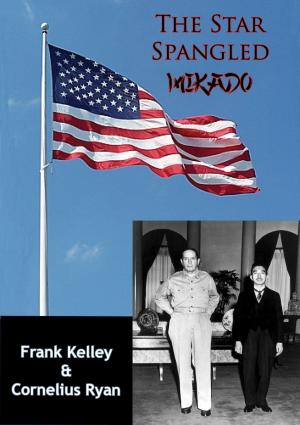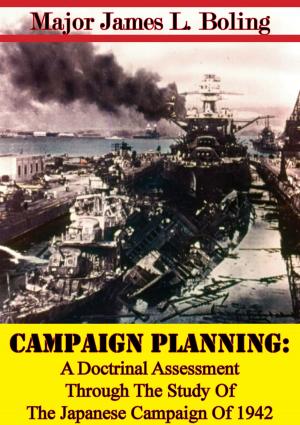Command And Control Of The U.S. Tenth Army During The Battle Of Okinawa
Nonfiction, History, Germany, European General, Military, United States| Author: | Major Paul E. Cunningham II | ISBN: | 9781782897392 |
| Publisher: | Verdun Press | Publication: | August 15, 2014 |
| Imprint: | Verdun Press | Language: | English |
| Author: | Major Paul E. Cunningham II |
| ISBN: | 9781782897392 |
| Publisher: | Verdun Press |
| Publication: | August 15, 2014 |
| Imprint: | Verdun Press |
| Language: | English |
From 1 April 1945 to 21 June 1945, the United States Tenth Army, commanded by Lieutenant General Simon B. Buckner, Jr., executed Operation Iceberg--the seizure of Okinawa for use as a staging base for the expected invasion of Japan. The Tenth Army, which included the U.S. Army’s XXIV Corps and the U.S. Marines Corps’ III Amphibious Corps, executed an amphibious assault on Okinawa against the Japanese 32nd Army. The Japanese defenders allowed the Tenth Army to land virtually unopposed, preferring to fight a battle of attrition from strong fortifications. The Tenth Army rapidly seized the lightly defended northern end of the island, but became quickly bogged down against the main Japanese defensive belt on southern Okinawa. Japanese air power repeatedly assaulted the supporting Allied naval force with massed kamikaze attacks, resulting in heavy casualties. Ultimately, Lt. Gen. Buckner committed both corps to a frontal attack on the Japanese defenses in southern Okinawa and the campaign lasted some eighty two days before the final collapse of the 32nd Army. This thesis examines the effectiveness of Buckner and his staff’s command and control of the Tenth Army. Buckner and his staff succeeded, but flaws in Buckner’s generalship and his staff’s failure to provide him with an accurate battlefield picture prolonged the campaign.
From 1 April 1945 to 21 June 1945, the United States Tenth Army, commanded by Lieutenant General Simon B. Buckner, Jr., executed Operation Iceberg--the seizure of Okinawa for use as a staging base for the expected invasion of Japan. The Tenth Army, which included the U.S. Army’s XXIV Corps and the U.S. Marines Corps’ III Amphibious Corps, executed an amphibious assault on Okinawa against the Japanese 32nd Army. The Japanese defenders allowed the Tenth Army to land virtually unopposed, preferring to fight a battle of attrition from strong fortifications. The Tenth Army rapidly seized the lightly defended northern end of the island, but became quickly bogged down against the main Japanese defensive belt on southern Okinawa. Japanese air power repeatedly assaulted the supporting Allied naval force with massed kamikaze attacks, resulting in heavy casualties. Ultimately, Lt. Gen. Buckner committed both corps to a frontal attack on the Japanese defenses in southern Okinawa and the campaign lasted some eighty two days before the final collapse of the 32nd Army. This thesis examines the effectiveness of Buckner and his staff’s command and control of the Tenth Army. Buckner and his staff succeeded, but flaws in Buckner’s generalship and his staff’s failure to provide him with an accurate battlefield picture prolonged the campaign.

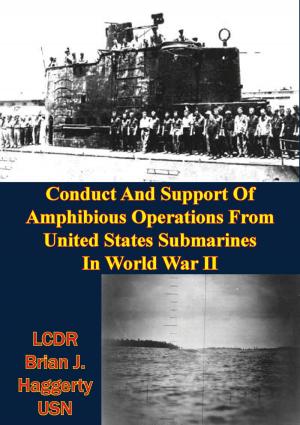
![Cover of the book From Gallipoli To Baghdad [Illustrated Edition] by Major Paul E. Cunningham II](https://www.kuoky.com/images/2014/august/300x300/9781782895541-9iCj_300x.jpg)


![Cover of the book JAPANESE IN BATTLE 1st Edition [Illustrated Edition] by Major Paul E. Cunningham II](https://www.kuoky.com/images/2014/august/300x300/9781782896180-id7m_300x.jpg)
![Cover of the book In the Ypres Salient, The Story of a Fortnight’s Canadian Fighting, June 2-16 1916 [Illustrated Edition] by Major Paul E. Cunningham II](https://www.kuoky.com/images/2013/march/300x300/9781782890638-oq1X_300x.jpg)
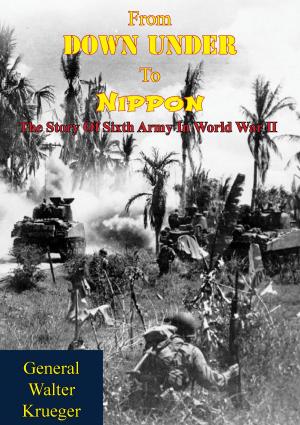
![Cover of the book FLYING FURY: Five Years In The Royal Flying Corps [Illustrated Edition] by Major Paul E. Cunningham II](https://www.kuoky.com/images/2014/june/300x300/9781782892168-Eheb_300x.jpg)
![Cover of the book The First Seven Divisions, Being A Detailed Account Of The Fighting From Mons To Ypres. [Illustrated Edition] by Major Paul E. Cunningham II](https://www.kuoky.com/images/2012/april/300x300/9781782890843-FQ7G_300x.jpg)
![Cover of the book NEW ZEALANDERS AT GALLIPOLI [Illustrated Edition] by Major Paul E. Cunningham II](https://www.kuoky.com/images/2014/june/300x300/9781782892458-jd5I_300x.jpg)
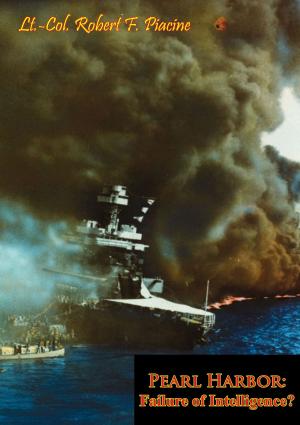
![Cover of the book German Northern Theater of Operations 1940-1945 [Illustrated Edition] by Major Paul E. Cunningham II](https://www.kuoky.com/images/2015/november/300x300/9781782899778-wjod_300x.jpg)
